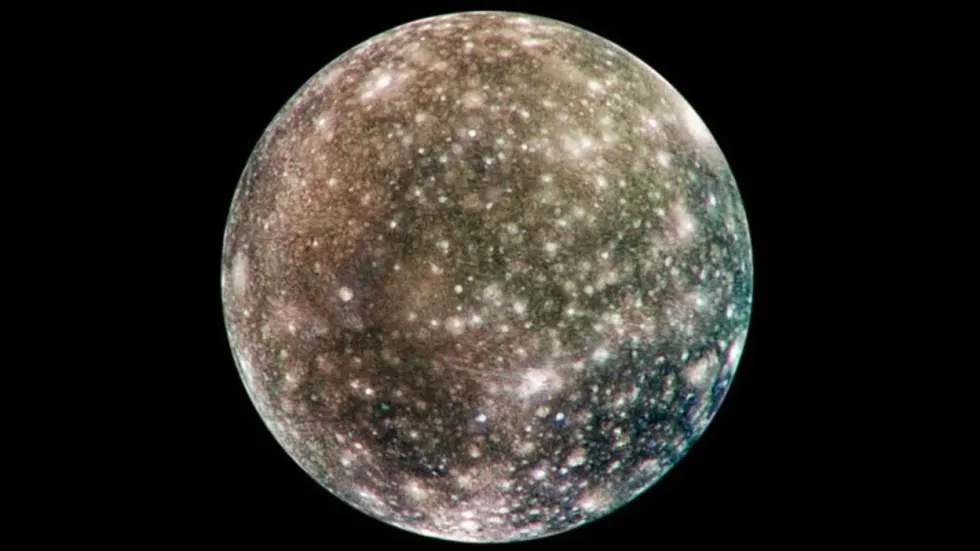Gregory Robinson
Feb 20, 2025
These Planets That Are Similar to Jupiter and Neptune Are Found Orbiting …
ZMG - Amaze Lab / VideoElephant
A moon of Jupiter is believed to have an ocean under its shell.
Callisto is Jupiter’s second largest moon and its surface is the most heavily cratered in our solar system. It also orbits Jupiter at a distance of roughly 1.2 million miles and is the most heavily cratered moon in the solar system.
The fascination around Callisto can be traced all the way back to when it was discovered in 1610 by Galileo Galilei, but new interest was sparked in the 1990s, and once again right now.
NASA’s Galileo spacecraft, which was designed to study the large, gaseous planet Jupiter, as well as its moons, discovered something peculiar about Callisto. It appeared to react to Jupiter’s changing magnetic field, and with the understanding that saltwater can conduct electricity, scientists began to ponder the possibility that this distant world might have a salty ocean beneath its surface.
However, the case was far from close. Callisto appeared to have an ionosphere, a layer of electrically charged particles high in its atmosphere. Due to this possibility, scientists were unable to rule out the possibility that the magnetic reactions were being caused by an ionosphere, rather than a subsurface ocean.

Now, we have even more reasons to be intrigued by Callisto as new evidence, sourced from the data collected from the Galileo mission in the 1990s. The spacecraft completed 35 encounters with Jupiter’s major moons, including eight with Callisto, before the mission ended in 2003.
A team of scientists recently gave the data from the Galileo mission another look, using advanced computer models and statistical techniques. The team analysed all magnetic measurements from the close flybys of Callisto, unlike previous studies.
The findings revealed that Callisto’s ionosphere could not be the sole explanation behind the magnetic reactions. Once the possibility of an underground ocean was factored in, the data made much more sense. The research helps support the theory that the planet has an ocean locked underneath a solid ice shell that could potentially be hundreds of miles thick.
The presence of an ocean leaves open the possibility that it could host life. Another nearby moon, Europa, is also considered one of the most promising places in our solar system to host life because it’s also believed to have an ocean under its icy surface.
For now, the presence of an ocean is inconclusive, however measurements from spacecraft in the future should be able to tell us more about this mysterious world.
The study was published in the journal AGU Advances.You should also read:
Massive ocean discovered beneath the Earth's crust containing more water than on the surface
12-billion-year-old body of water discovered floating in space
How to join the indy100's free WhatsApp channel
Sign up to our free indy100 weekly newsletter
Have your say in our news democracy. Click the upvote icon at the top of the page to help raise this article through the indy100 rankings.
Top 100
The Conversation (0)














